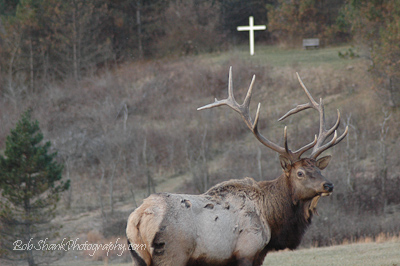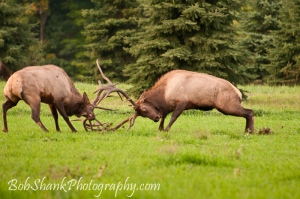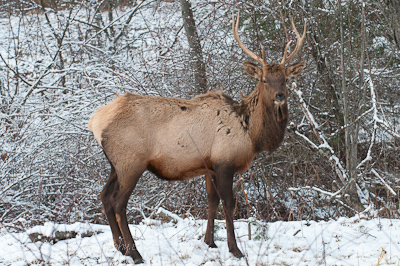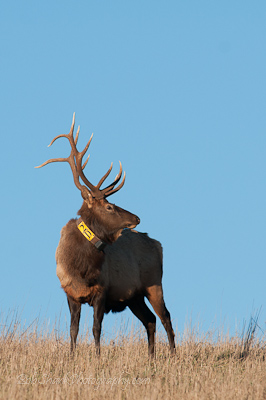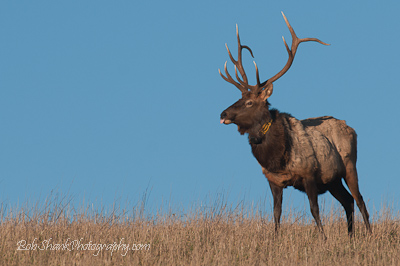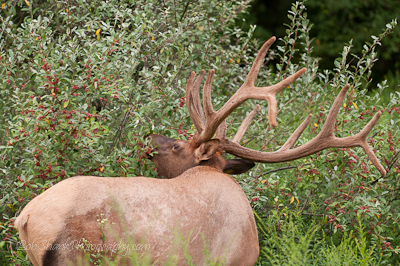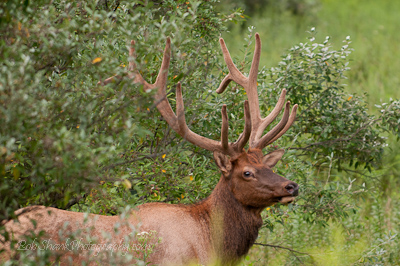I enjoyed watching the old television series, “Wild America.” It was a weekly half-hour show that featured some animal or place related to the wild outdoors here in America. Not long ago, I caught some re-runs on television that brought back the fond memories of watching this show when I was much younger. I also enjoyed the old series, “Grizzly Adams.” I remember my uncle telling me that wild animals are not as tame as Ben, the grizzly bear of that show. But to me it was one of the few shows that pertained to the outdoors, where I loved to spend my time!
This past week I read in our local newspaper that John Serrao, a local naturalist here in the Poconos is moving away from the Poconos to Florida. His newspaper column always talked about some wild topic of the Poconos. He also led nature walks and helped to educate us on the wild-side of the Poconos. His newspaper articles and outdoor presence will be dearly missed!
This time of the year, with the fast-approaching New Year’s Eve celebration, often turns my thoughts to how things change. Some of this change is sad to me, like the passing of fond experiences turned into mere memories. I can be nostalgic at times, but I also believe that the passing of time reveals some consistency in our lives and even in the outdoors. While some people and television series come and go, the outdoors has a regular consistency to it. The sun comes up on schedule and the moon phases are just as predictable. The wild creatures still demand our respect and admiration, while continuing to need advocates at the same time. The people who fight for outdoor causes may have different names tomorrow than they do today, but their presence and voice will still be very much needed!
The land changes, too. Properties are bought and sold. Some land is developed and the landscape changes for the wild creatures inhabiting it. Some land is scarred for a season or two, and then is sometimes reclaimed to bring it back in line with the needs of animals. Food plots are constructed and some land is reverted back into wild habitat. Some species bounce back to amazing numbers while others are at risk of being lost forever.
Yes, some things are changing and some things remain the same.
Today I am posting an image of a Pennsylvania elk I captured years ago on our property in Elk County. It depicts the majestic elk in the foreground with a cross standing at attention in the background. It seems, to me at least, to show the connection between different times or eras. And in both times there needed to be a voice to share the important news with the people. The brutal crucifixion of Jesus and his miraculous resurrection as good news to be sure! Ever since, the cross has represented those events and still speaks volumes today in a voice of grace. In a different way, the animals in nature need to have a voice, too. They cannot speak with human words but their amazing existence and their continuing needs also yearn for a voice to be heard.
I am just a photographer trying to give voice to the creatures I love and enjoy seeing in the wild around me. Perhaps these photographs will help to at least give a voice of awareness to these beautiful creatures. After all, while some things are changing, at least one thing remains the same–the beautiful wild creatures need to be seen and heard!
